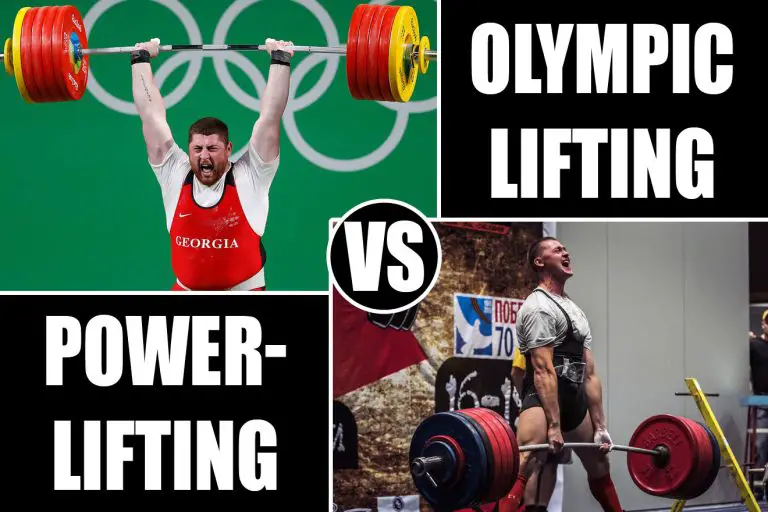Is fasted cardio the secret to faster fat loss?
Key takeaways
- Fasted cardio has no major advantage in fat loss over fed cardio. However, people may choose to do cardio in a fasted state if it works for their schedule, their fitness goals, or lifestyle.
- Fasted cardio can result in reduced performance and potential muscle loss (if done excessively).
Is fasted cardio just a fitness trend?
Fasted cardio has been a hot topic in the fitness world for years, with many people swearing by its fat-burning benefits. The idea is simple: by doing cardio on an empty stomach—typically first thing in the morning before breakfast—you’ll burn more fat because your body has no immediate fuel source (like carbohydrates) to use for energy. But does fasted cardio really lead to faster fat loss, or is it just another fitness trend that doesn’t live up to the hype? In this article, we’ll explore the science behind fasted cardio, weigh its pros and cons, and help you determine if it’s the right approach for your fitness goals.
What is fasted cardio?
Fasted cardio involves performing cardiovascular exercise while in a fasted state. This typically means doing your workout after an overnight fast, where your body hasn’t consumed any food for 8-12 hours. When you exercise in this state, your body has minimal glycogen (carbohydrate stores) to draw upon for energy, so the theory is that it will turn to fat stores instead for energy.
This approach has become popular in the fitness community, especially among those looking to accelerate fat loss. But while it sounds like a logical way to tap into body fat reserves, the actual mechanisms at play are a bit more complex.
The science behind fasted cardio
Fasted cardio proponents believe that exercising without food in your system forces the body to burn more fat for energy. While there’s some truth to this, the relationship between fasted exercise and fat burning isn’t as straightforward as it seems.
When you’re in a fasted state, insulin levels are lower, and the body is more prone to using stored fat for fuel. Exercising in this state can lead to higher rates of fat oxidation (fat being used for energy). However, this doesn’t necessarily mean that fasted cardio results in more overall fat loss compared to fed cardio (doing cardio after eating).
The key takeaway here is that while fasted cardio can increase fat oxidation during the workout, this doesn’t always translate to more fat loss in the long term. What matters more for fat loss is the overall balance between calories burned and calories consumed.
The possible pros of fasted cardio
However, there are some potential benefits of fasted cardio that may make it an appealing option for some individuals.
1. Increased fat oxidation
As mentioned, fasted cardio does increase fat oxidation during exercise. This could be beneficial if your primary goal is to train your body to become more efficient at using fat as a fuel source, particularly if you’re doing long-duration, low-intensity cardio like walking or light jogging. For endurance athletes, this can help improve metabolic flexibility.
2. Convenience
Many people find it easier to do cardio first thing in the morning before breakfast. It eliminates the need to plan or digest a meal before working out, which can be convenient for early risers or those with busy schedules.
The cons of fasted cardio
There are some downsides that might not make it the best option for everyone.
1. Potential muscle loss
One concern is that exercising in a fasted state could lead to muscle loss. When glycogen stores are low, the body may break down muscle protein to use as an energy source. If your goal is to build muscle while losing fat, this could be counterproductive.
To mitigate this risk, some people take branched-chain amino acids (BCAAs) to help preserve muscle mass. However, even with supplementation, there’s still the possibility of muscle protein breakdown during prolonged fasted exercise.
2. Reduced performance
Exercising without food in your system can make it harder to maintain high levels of intensity during your workout. Without readily available carbohydrates, you may feel fatigued or weak, which could affect your performance, particularly in high-intensity interval training (HIIT) or weightlifting sessions. For many people, this leads to lower overall calorie burn and less effective workouts.
3. No major advantage in fat loss
While fasted cardio might burn more fat during the workout itself, research has shown that there’s no significant difference in total fat loss between fasted and fed cardio when calories are controlled. What ultimately matters for fat loss is maintaining a calorie deficit, which means burning more calories than you consume over time, regardless of when you eat before your workout.
When to consider fasted cardio
Is it worth trying? It really depends on your personal preferences, goals, and how your body responds to exercising in a fasted state.
1. If you prefer morning workouts
If you like working out first thing in the morning and don’t enjoy eating before exercise, fasted cardio could be a practical option for you. Many people find that doing cardio before breakfast fits better into their schedule and helps them stay consistent with their workouts.
2. If you’re doing low-intensity cardio
Fasted cardio may be more beneficial for those who engage in a steady state training program or lower-intensity, steady-state cardio (LISS), such as walking, cycling at a moderate pace, or light jogging. During these activities, the body is more likely to use fat as a fuel source, and the risk of muscle loss is lower than in high-intensity workouts.
3. If you’re interested in fat adaptation
Some endurance athletes and individuals on ketogenic diets use fasted cardio as a way to train their bodies to become more efficient at burning fat for fuel. If this is something you’re interested in, fasted cardio could be worth exploring, especially for longer, steady-state sessions.
Is fasted cardio right for you?
Fasted cardio can be a useful tool for some people, especially if you prefer to work out in the morning or if you’re training for endurance. However, the research shows that fasted cardio is not necessarily a magic bullet for faster fat loss. While it may increase fat oxidation during the workout itself, it doesn’t necessarily lead to greater fat loss over time compared to fed cardio.
The most important factor for fat loss is creating a calorie deficit—burning more calories than you consume. If fasted cardio fits into your lifestyle and helps you stay consistent with your workouts, it can certainly be an option. However, if you find that fasted exercise leaves you feeling weak or affects your performance, don’t hesitate to fuel up before your cardio session.
Ultimately, the best approach is the one that works for your body and your goals.
Written with the assistance of AI. Reviewed and written by: Marielle Livelo.







